A Practical Tool for Service-Based Businesses
We’re excited to share the Local Splash App, a new way to manage the key parts of your business all in one place. This app was built specifically for service-based businesses to help you connect with new customers, keep track of leads, and handle day-to-day tasks without extra hassle.
For more than 20 years, we’ve worked with local owners to help them grow their business. With over 10,000 satisfied clients and an impressive 4.9/5 customer satisfaction rating, we offer a foundation of trust and proven results which The Local Splash App builds upon. For the first time, we’re putting a tool into your hand that can save time and drive results.
Why We Built the Local Splash App
If you’re like most small business owners, your to-do list is never-ending. You’re answering calls, following up on leads, running ads, and trying to stay organized – all while serving your customers.
How many times have you missed a lead because you couldn’t get to your phone fast enough?
We’ve seen many of the same issues come up again and again:
- Missed Leads: When calls or inquiries pile up, it’s easy for some to fall through the cracks.
- Unclear Results: You know you’re spending money on ads, but it’s hard to see if they’re working.
- Too Many Tools: Switching constantly from one app or platform to another just slows you down, it doesn’t help.
- Being Tied to a Desk: Running your business shouldn’t mean being stuck in the office all day.
That’s where the Local Splash App comes in. We built it to solve these problems and give you back some of your time.
How the Local Splash App Makes a Difference
Stay Connected
The app includes a dedicated business phone line, so you can make calls or send texts without using your personal number. Whether you’re in the office or on the go, you can stay organized.
 Respond to Every Lead
Respond to Every Lead
Leads are tracked in real-time, so you always know when someone has reached out. You’ll get notifications right away, making it easy to follow up before they move on to someone else.
See What’s Working
The app shows clear, easy-to-read data about your ads. You’ll know which ones are bringing in calls or inquiries and where you’re getting the best results. This kind of information helps you make smarter decisions without wasting time or money. The built-in Client Dashboard provides real-time tracking of campaign results, helping you measure performance and adjust strategies from one easy-to-use interface.
Work Anywhere
You don’t need to be at your desk to keep your business moving. With the app, you can update your information, check on your campaigns, and take care of important tasks no matter where you are.
Features Designed for Busy Business Owners
Business Phone Line
Keep your personal and business communications separate with a dedicated business phone line built right into the app. Whether you’re making calls or sending texts, everything stays professional and organized. For instance, if a client calls while you’re out, the app logs the call, so you can easily follow up later without losing track.
Lead Tracking
Leads are tracked in real-time, giving you instant visibility into who’s reaching out and what they need. Imagine receiving a notification as soon as a customer submits an inquiry. You can respond promptly, showing them they’re a priority. No more hunting through emails or sticky notes to find a potential lead.
Advertising Insights
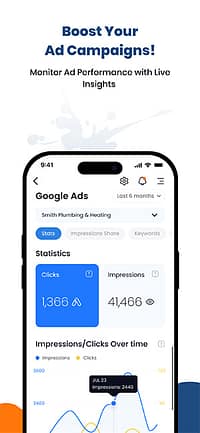
Mobile-Friendly Tools
Running a business often means being on the move. The app lets you update business information, check campaign performance, and handle daily tasks wherever you are. Whether you’re between appointments or working from home, you can manage everything right from your phone. Picture yourself updating your holiday hours while waiting for a client—it’s that convenient.
Straightforward Design
The app was created with busy business owners in mind, so you won’t need a tutorial to get started. All the tools are intuitive and easy to use, so you can jump in and manage your business right away. Even if you’re not tech-savvy, you’ll find the design straightforward and frustration-free.
Helping You Focus on What Matters
We understand the challenges of running a small business because we’ve worked with thousands of them. The Local Splash App was built to handle the busywork so you can focus on growing your business and serving your customers. The app’s bespoke lead generation tools are specifically tailored to help you capture and convert inquiries efficiently.
The Local Splash App – Where to Download
You can download the Local Splash App from the Apple App Store or Google Play. ake the first step to a more manageable, organized business today.


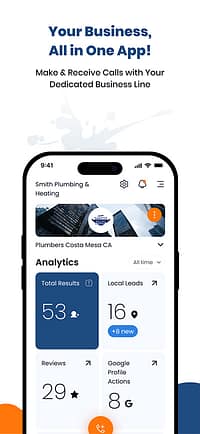
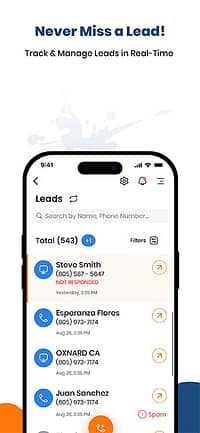 Respond to Every Lead
Respond to Every Lead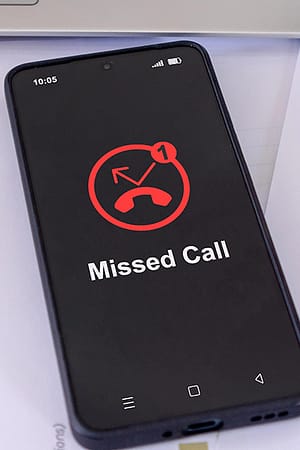
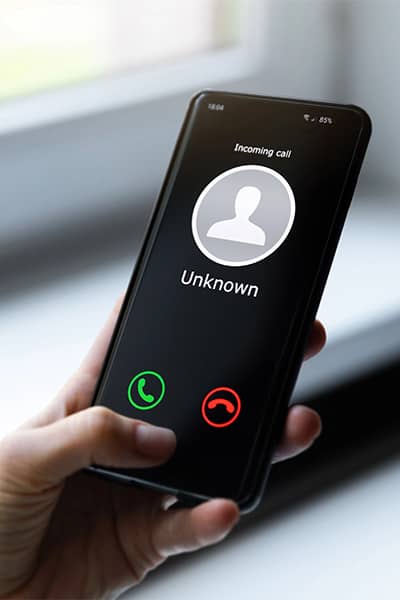 The numbers don’t lie. Every year, countless businesses lose money simply because they don’t answer their phones. With nearly two-thirds of calls going unanswered and the average business losing over $126,000 annually, it’s clear that missed calls are a problem worth solving.
The numbers don’t lie. Every year, countless businesses lose money simply because they don’t answer their phones. With nearly two-thirds of calls going unanswered and the average business losing over $126,000 annually, it’s clear that missed calls are a problem worth solving. One of the key competitive advantages of Yelp Ads is that they target the right audience directly. Users who go to Yelp are typically looking for a local home service provider, whether it’s for plumbing, HVAC, electrical work, or other home services. Yelp’s search functionality is optimized to serve users who need immediate help with services. With 73 million unique visitors each month, Yelp’s audience is highly targeted. According to Yelp’s internal data, 86% of searches on Yelp are for a product or service, not a specific business. This means your business has the potential to be discovered by people actively seeking out services in your category.
One of the key competitive advantages of Yelp Ads is that they target the right audience directly. Users who go to Yelp are typically looking for a local home service provider, whether it’s for plumbing, HVAC, electrical work, or other home services. Yelp’s search functionality is optimized to serve users who need immediate help with services. With 73 million unique visitors each month, Yelp’s audience is highly targeted. According to Yelp’s internal data, 86% of searches on Yelp are for a product or service, not a specific business. This means your business has the potential to be discovered by people actively seeking out services in your category. While negative reviews may still surface, Yelp’s Review Filter and Verified License badges provide a level of transparency and credibility that businesses can leverage. Additionally, Yelp’s Request a Quote feature and targeted advertising tools are about much more than just managing reviews. They focus on driving tangible, actionable leads from consumers who are ready to engage and hire.
While negative reviews may still surface, Yelp’s Review Filter and Verified License badges provide a level of transparency and credibility that businesses can leverage. Additionally, Yelp’s Request a Quote feature and targeted advertising tools are about much more than just managing reviews. They focus on driving tangible, actionable leads from consumers who are ready to engage and hire.